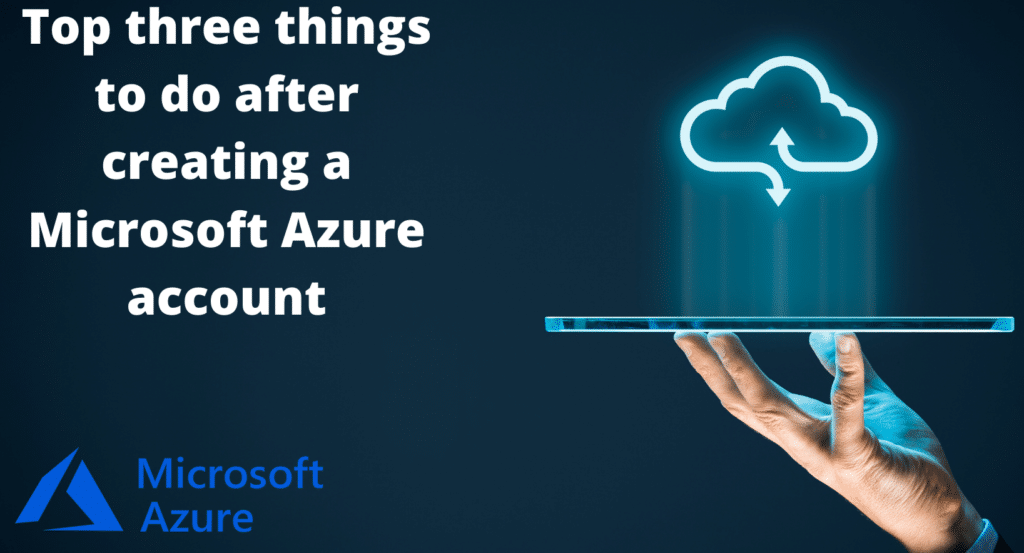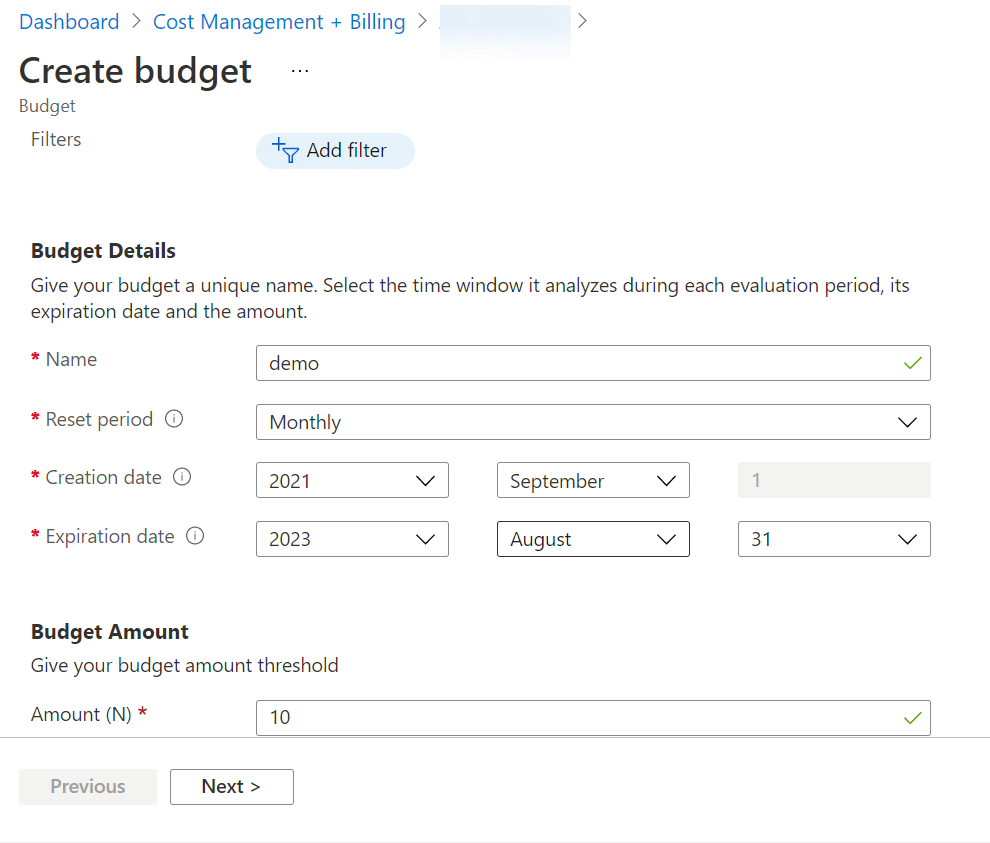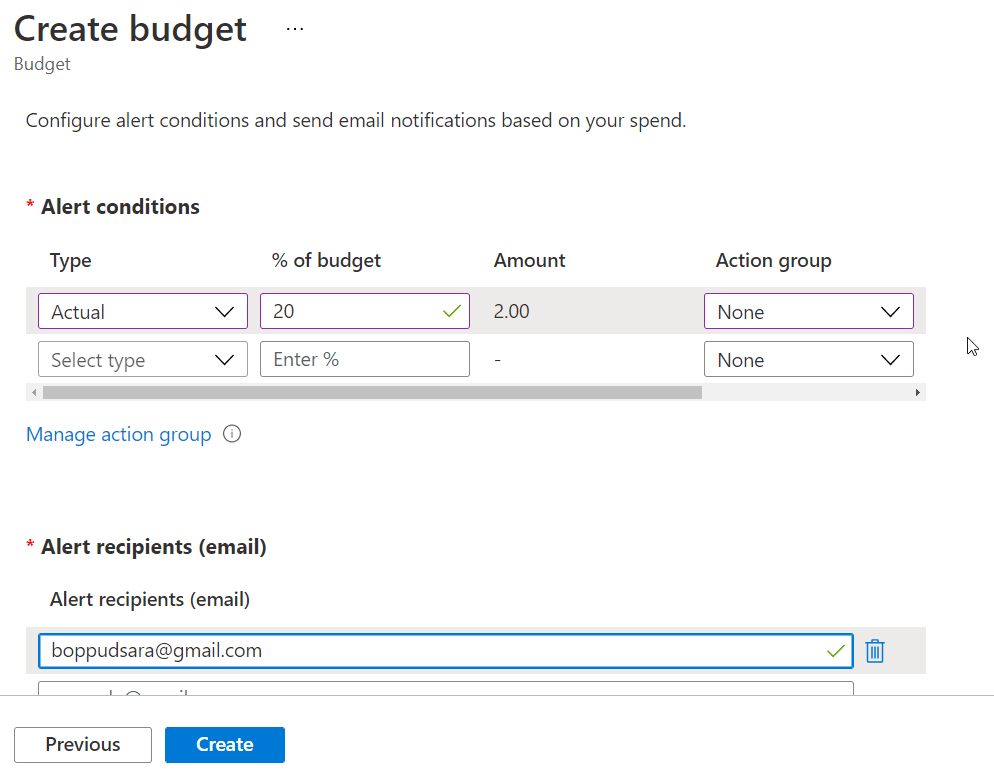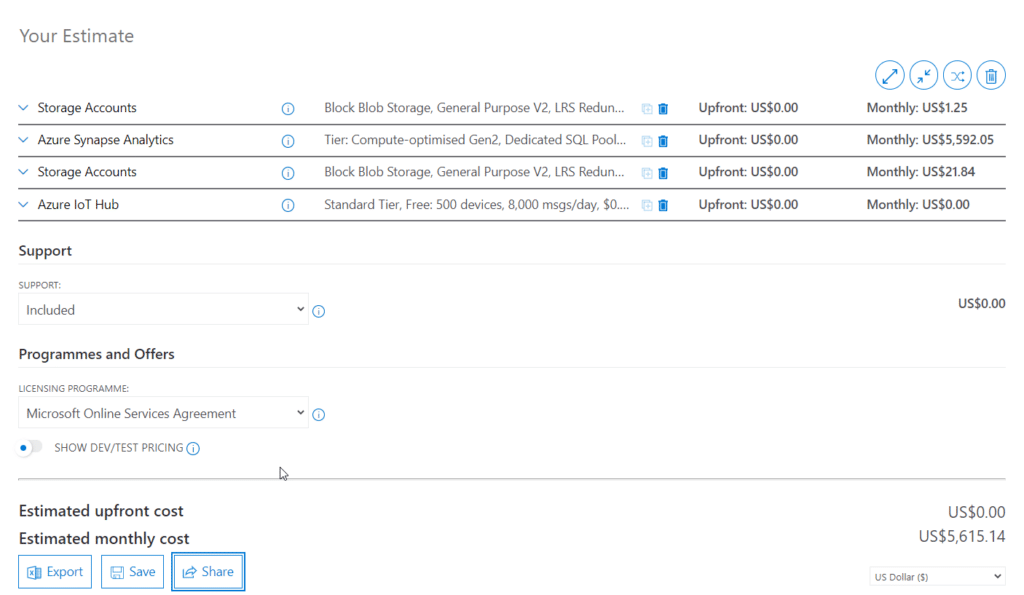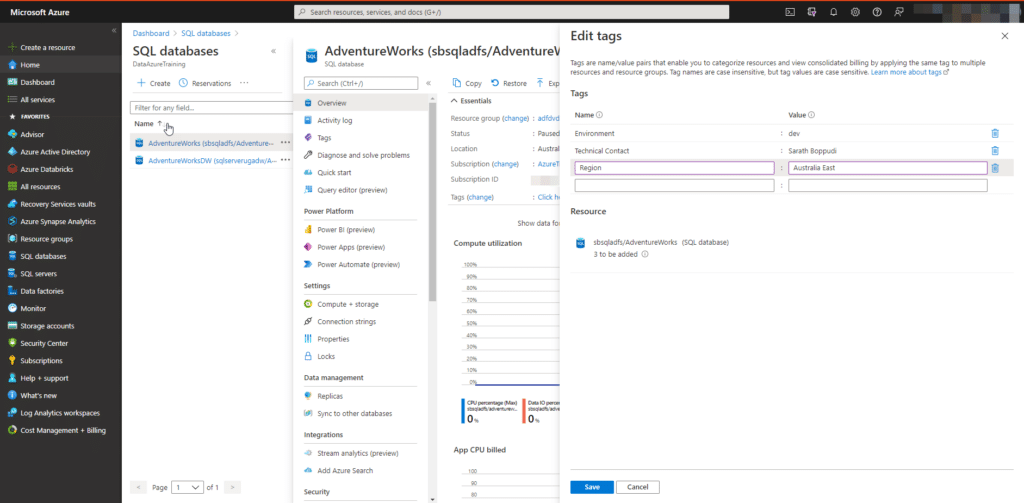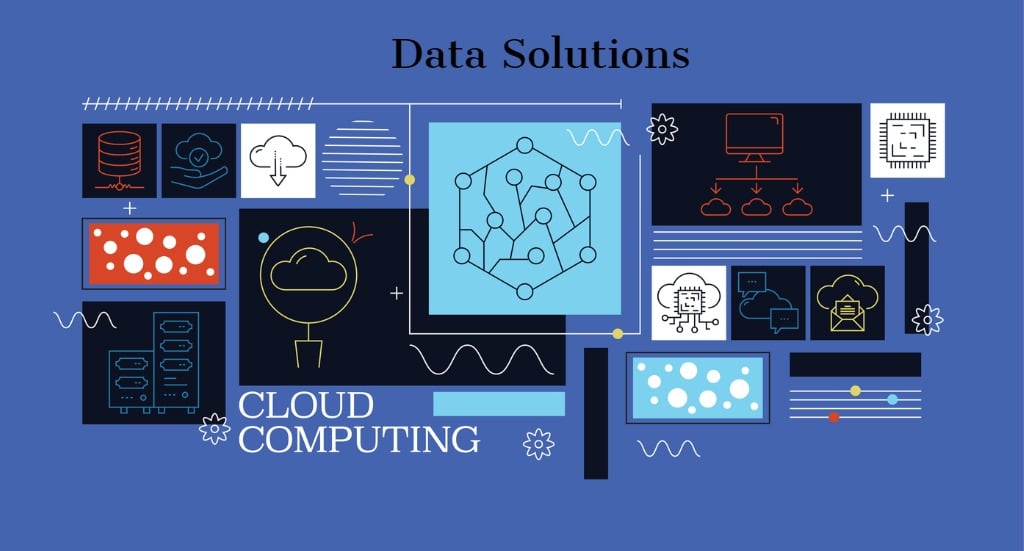Introduction to the Top Three Tasks for you to Implement in you Azure Account
Congratulations on deciding to create your own Microsoft Azure account, either for yourself or for your company.
I will go over some of the tasks that I think everyone should consider implementing to create their account in this post.
Set up a Budget and Notifications
After creating a Microsoft Azure account, my first recommendation is to create some limits for yourself and your teams.
Azure budgets provide the ability to set either a cost or usage-based budget with thresholds and alerts.
Review these alerts periodically and make changes as needed.
Note that only notifications are triggered when you exceed your threshold but the resources provisioned aren’t affected.
The cost and usage data is available between 8 and 24 hours, and budgets are evaluated against the costs every 24 hours.
Budgets automatically reset either monthly, quarterly or annually depending on the expiration date selected when creating the budget.
A new budget is created upon the expiration of a previous budget.
An example of how to create a budget and alert is below. First, create a Budget
Once you click next, you have the option to create alerts for this budget.
Information around creating a budget is available from Microsoft docs.
I will cover Action Groups in a future post.
Azure Pricing Calculator
Before provisioning any Azure services, look at the pricing estimates using the Pricing Calculator (Provide link here).
Microsoft Azure pricing calculator allows you to combine different services and get an estimated cost before provisioning any resources.
To use the pricing calculator effectively, you need to understand the desired solution and the services required to implement the solution.
Here is an example with all default values selected: an analytics solution looking at relational databases, Extract Transform Load tool (ETL), and storage options in the cloud to store information.
The Azure Pricing Calculator can be found here
Tag Resources
Get into the habit of always tagging resources in Microsoft Azure. The tagging approach can be complex or straightforward to relate to all aspects of the business.
Tagging schemas can be IT-focused or business-focused.
An IT-aligned tagging focus based on the workload, application or environment reduces the complexity of monitoring assets. In addition, it simplifies making management decisions based on operational requirements.
A business-aligned tagging focus such as accounting and business ownership requires a more extensive timeframe to create standards and maintain these over time.
This investment in a tagging system provides improved accounting for costs to the overall business.
You can mix and match tags between IT-focused and business-focused.
Here is an example of a tagged resource in Microsoft Azure
More information on tagging resources is available from Microsoft docs.
Summary
In summary, I have covered the three most important tasks you should do when creating a new Microsoft account.
Doing these tasks will ensure better control over your solutions and reduce costs in the long term.
It will also prevent you from getting a bill shock at the end of each billing cycle.
Final Thoughts
I would love to get your feedback about these important tasks you should do after creating a Microsoft Azure account. Also, would you add any more items to this list?
Also find additional articles from the home page

